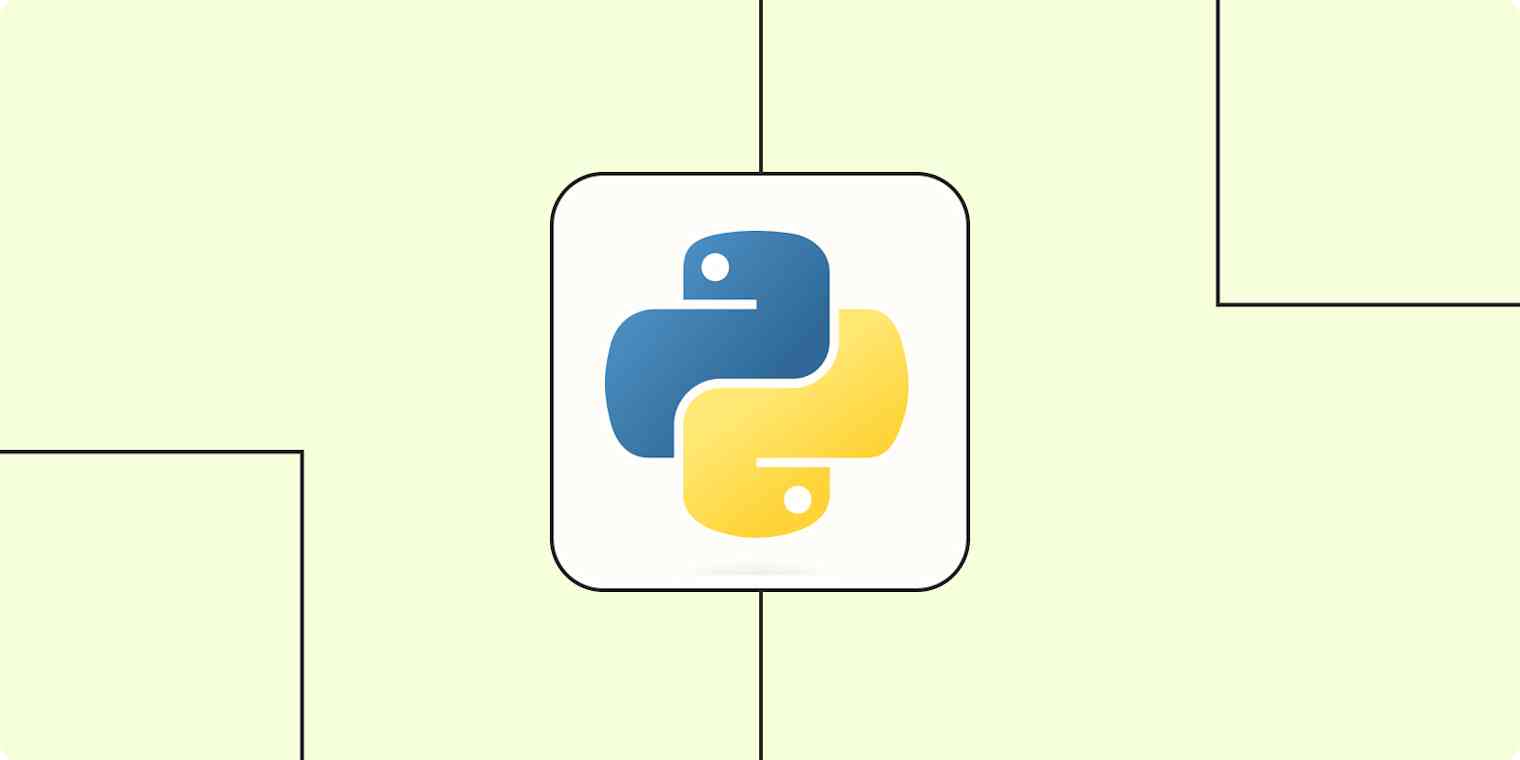App tips
14 min readPython automation: 9 scripts to automate critical workflows
By Luke Strauss · December 10, 2024

Get productivity tips delivered straight to your inbox
We’ll email you 1-3 times per week—and never share your information.
tags
Related articles
Improve your productivity automatically. Use Zapier to get your apps working together.







